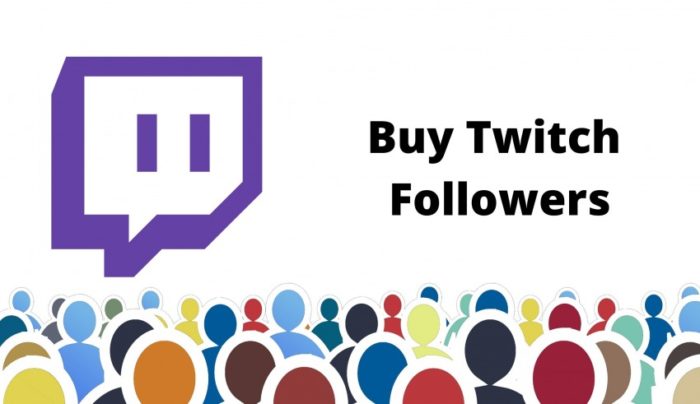Social media management includes the strategic planning, implementation, and monitoring of a business's presence on social media platforms. It contains activities such as content creation, audience engagement, analytics monitoring, and optimization. Here's a complete information to social media management:
Set Clear Objectives:
Define particular and measurable goals for your social media efforts. These might include increasing model awareness, driving web site traffic, producing leads, or enhancing customer satisfaction.
Choose the Right Platforms:
Identify the social media platforms most related to your target market and business aims. Consider factors similar to demographics, business relevance, and engagement patterns.
Create a Social Media Calendar:
Develop a content calendar that outlines the kinds of content material you will share, the posting schedule, and key dates or events. This helps maintain consistency and group.
Content Creation:
Develop a combine of content sorts, including pictures, movies, infographics, weblog posts, and user-generated content. Ensure content material aligns with your model voice and offers worth to your audience.
Engagement and Community Management:
Respond promptly to feedback, messages, and mentions. Actively engage along with your viewers by asking questions, operating polls, and encouraging discussions. Monitor and handle each optimistic and negative suggestions.

Hashtag Strategy:
Develop a strategic hashtag strategy. Use related and trending hashtags to increase the visibility of your content. Create branded hashtags to foster neighborhood engagement.
Paid Advertising:
Consider incorporating paid social media advertising into your strategy. Platforms like Facebook, Instagram, and LinkedIn supply focused promoting options to reach particular demographics.
Influencer Collaboration:
Explore collaborations with influencers in your business. Influencers may help amplify your model message and reach a wider audience.
Analytics and Reporting:
Use analytics instruments offered by social media platforms to trace the performance of your content. Monitor key metrics such as engagement, reach, clicks, and conversion charges. Generate regular reports to assess the effectiveness of your strategy.
Optimization:
Regularly evaluation your social media strategy and adjust primarily based on performance insights. Experiment with various sorts of content, posting instances, and messaging to optimize results.
Social Listening:
Monitor social media for mentions of your model, industry, or rivals. Use social listening instruments to realize insights into buyer sentiment and trade trends.
Customer Support:
Use social media as a buyer support channel. Click for more info , considerations, and issues promptly and professionally.
Employee Advocacy:
Encourage employees to share and interact along with your model's social media content material. Employee advocacy can help amplify your attain and build a extra authentic on-line presence.
Stay Updated on Trends:
Keep abreast of social media developments, algorithm modifications, and business updates. Adapt your technique to align with current greatest practices and emerging trends.
Compliance and Privacy:
Ensure your social media activities adjust to relevant regulations and privacy insurance policies. Be clear about how consumer information is used and adhere to platform guidelines.
Social media administration is an ongoing process that requires a mixture of planning, creativity, and adaptability. By staying proactive and responsive, companies can build a strong on-line presence and foster meaningful connections with their viewers..
